We’ve traveled to multiple cities around the world, and transportation is a big deal for us, especially since we have two kids. Convenience and peace of mind are our top priorities. You might not be aware of this, but Kenya, in general, is not a walkable country. Not at all. Nairobi, where we’ve been living for the past six months, lacks a well-developed urban design. Walking for just 10 minutes in Nairobi can be quite a challenge. You’ll likely find yourself dodging potholes, navigating around open sewage systems and rocks, or risking your safety by walking on the main roads with fast-moving traffic.
Unlike many other capital cities worldwide, Nairobi does not have a metro, train, or tram system. The only form of public transportation is the Matatus—those loud, vibrant minibusses you’ve probably seen all over YouTube. So, the main ways to get around the city are by car, motorbike, or taxi. Since we have kids, motorbikes are obviously not an option, and we’re still waiting for our car to be shipped from London. In the meantime, we’ve become quite familiar with using Uber and Bolt to get around the city. Some days, we order five rides, so yes, we are now experts.
Taxis: What Are the Options?
Like other African cities, Uber and Bolt are widely available and frequently used in Nairobi. In addition to these two popular ridesharing apps, there are also local options like Faras and Yego. We’ve tried Uber, Bolt, and Faras, and we generally prefer Uber because of its reliability and safety. However, keep in mind that Uber recently increased its prices following protests from drivers.
Uber offers several safety features. For example, if a driver stops somewhere for too long or is stuck in traffic, you’ll receive a notification asking if you are safe since the car has been stationary for a while. With Bolt, however, we’ve had less luck. The drivers can be rude or demand higher payments, the cars are often dirty and poorly maintained, and the waiting times are usually long. On two occasions, the drivers took unnecessarily long routes and then asked for more money upon arrival, arguing with us about the fare.
We’ve also noticed that, on multiple occasions, Bolt shows the driver as “verified,” but the number plate of the car that arrives doesn’t match the one on the app. This happened three times; on two of those occasions, we felt unsafe and had to cancel and switch to Uber.
We recently tried Faras a few times, and apart from encountering a few dirty cars, we found the app to be better than Bolt. The customer service is excellent; we once complained about a rude driver who tried to overcharge us, and they were quick to address the issue. Faras also usually has promotions, likely because they’re new to the market.
If you’re considering Uber’s economy option, known locally as “ChapChap,” be prepared for smaller, less well-maintained, and sometimes dirty vehicles. In our experience, there’s little difference between UberX and UberXL; they often use the same cars.
Uber and Bolt Prices in Nairobi in 2024
Uber and Bolt recently increased their prices by 10-15%, and the base rates have also increased. However, transportation in Kenya is generally quite affordable. For example, when writing this guide, a 25-30 minute ride costs about 520 KES, which is around £3 or $4.
A ride from Jomo Kenyatta International Airport to the heart of Westlands, such as Sankara Hotel, would cost you around 1,000 KES (approximately £6 or $7.75) for an economy ride. If you have a lot of luggage and need a bigger car, expect to pay around 1,600 KES or about £10 or $12. Short rides within the city, like going to a shopping mall, usually cost between £1.40 and £3, or around $1.80 to $4.
We’ve already written about private taxis at Jomo Kenyatta Airport, which are overpriced and tend to scam tourists. Your safety could also be at risk because you’re dealing directly with the driver. With Uber and Bolt, at least the route is tracked.
Tips for Using Taxis in Nairobi
1. Pay with Cash or M-PESA: It’s better to pay with cash or M-PESA rather than a card, as drivers need small amounts of cash to cover their daily expenses. Many drivers tend to cancel rides if they see a card payment, or they might try to argue with you upon arrival. When we first arrived, we always paid with a card and experienced a high rate of cancellations. Now, we select “cash” and pay via M-PESA at the end of the ride. Don’t worry; the app will tell you the exact amount and won’t change.
2. Stay Within the App: Never agree to cancel a ride and ride outside the app, especially if you’re a woman or have children. Don’t accept any requests to ride outside the app, as this can be unsafe.
3. Safety Precautions in Traffic: When you’re in busy areas or stuck in traffic, close your windows or at least keep them raised to avoid phone snatchers or beggars. Whatever you do, don’t lean out of the window to take pictures or film—your phone could be gone in seconds, snatched by a passing boda boda(motorbike taxi).
Boda Boda: An Alternative Option
Boda bodas are bicycle and motorbike taxis that operate in Nairobi and other cities. We’ve used them multiple times, mainly to beat the traffic or when we need to get somewhere quickly. All major ridesharing apps offer boda boda services.
If it’s your first time on a boda boda, make sure you don’t have any heart problems because some of the drivers ride like they’re in a race! Also, drivers usually don’t have spare helmets, so you’ll need to buy your own if you plan on staying for a while. We’ve gotten used to them and actually prefer boda bodas to get around quickly.
Safe journey 🙂


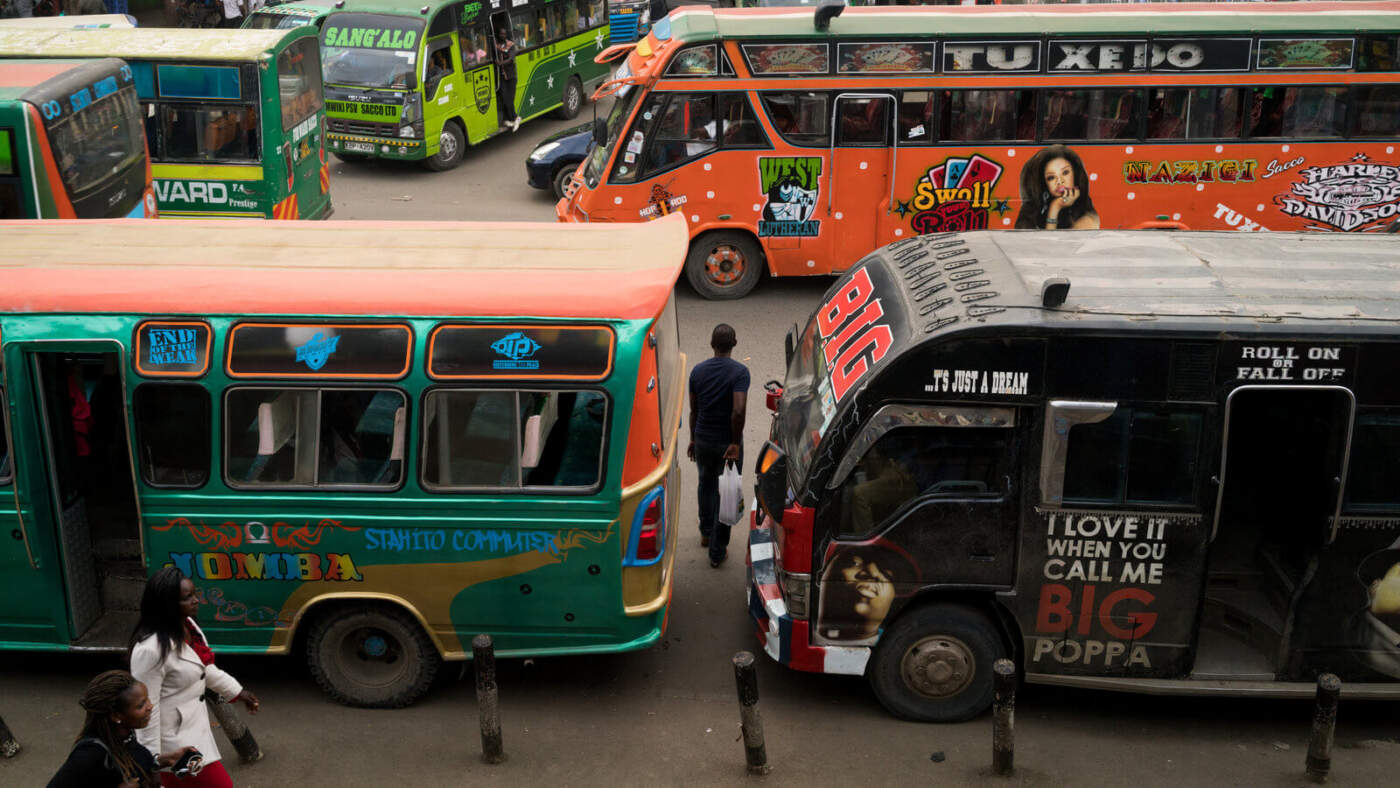
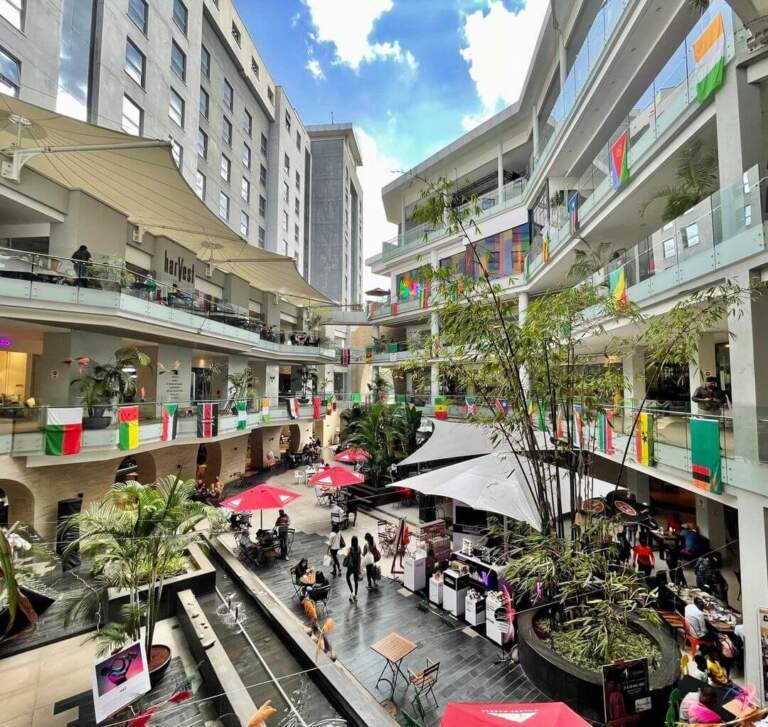
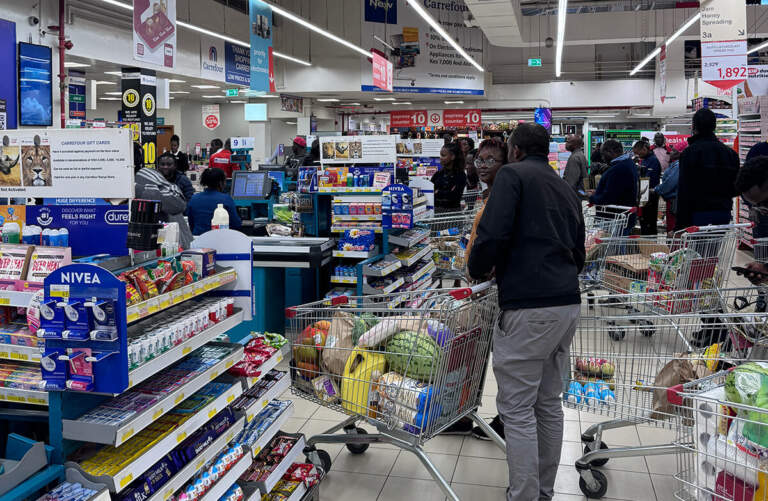
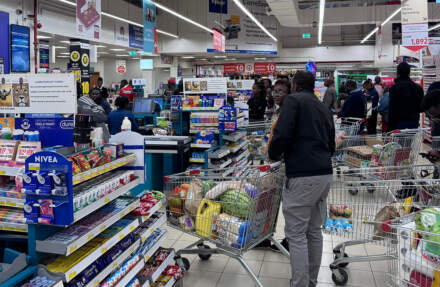



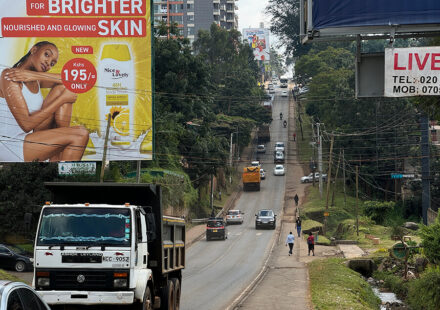
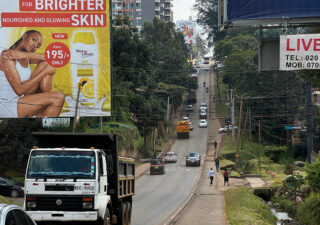
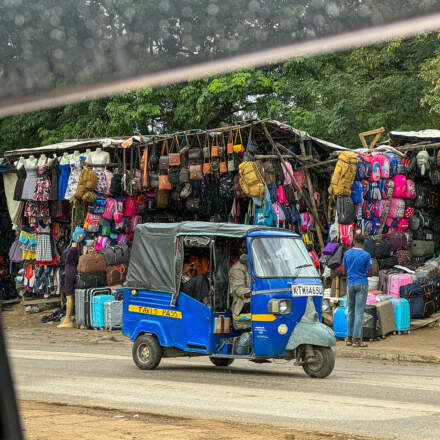
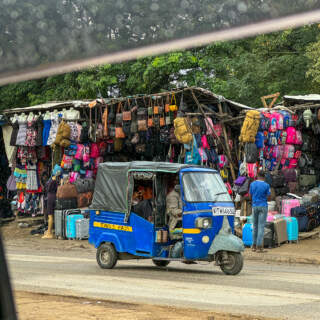

Leave a Comment